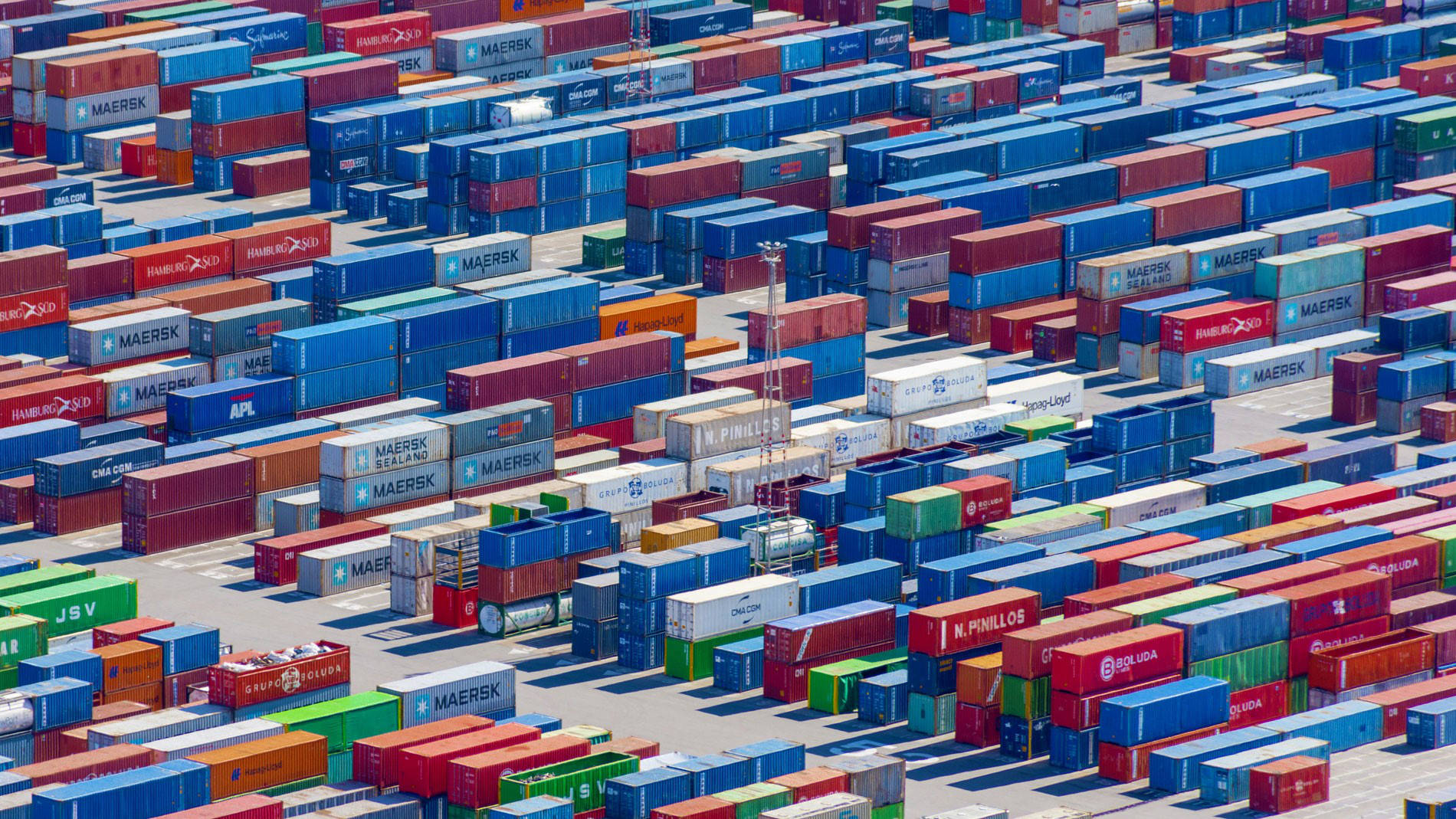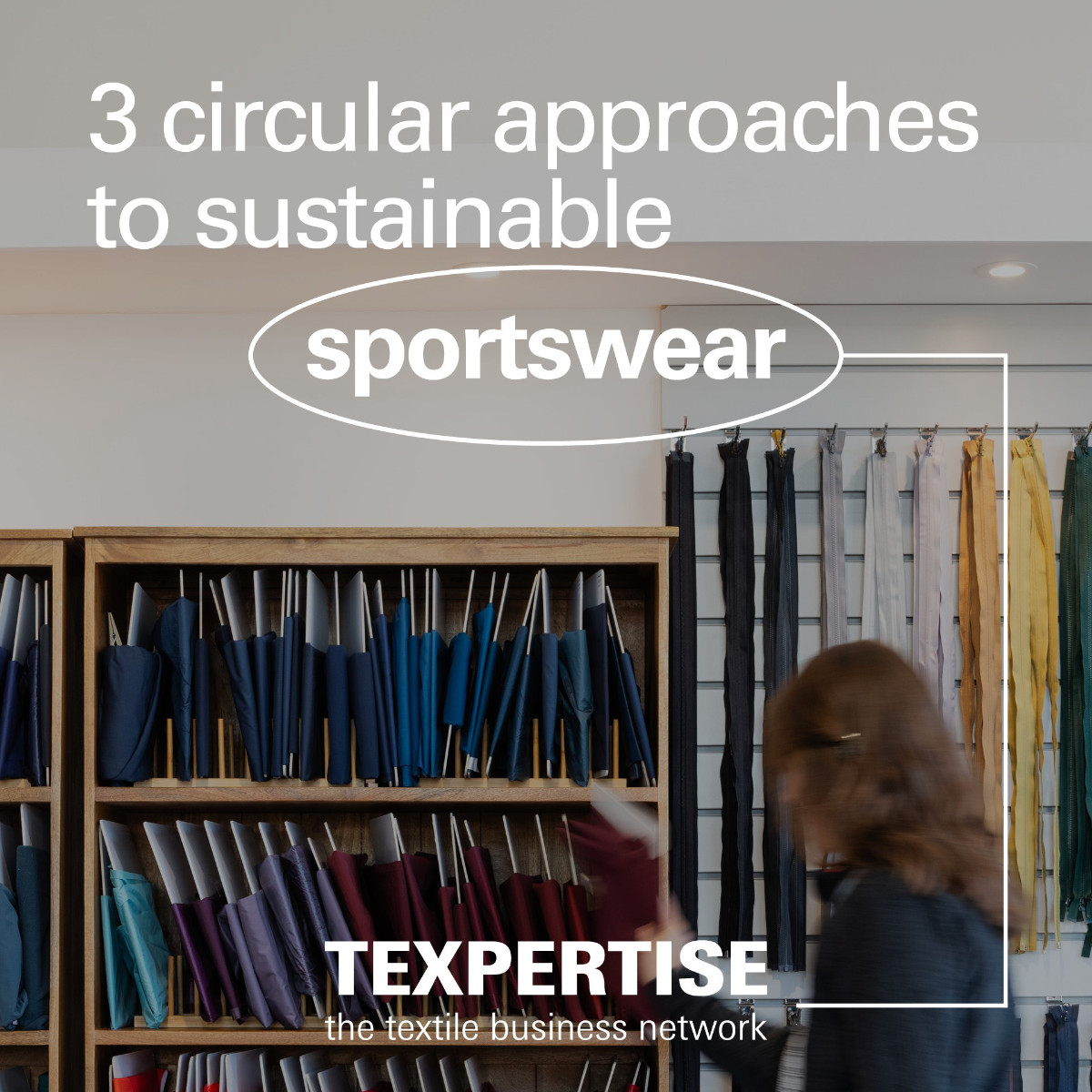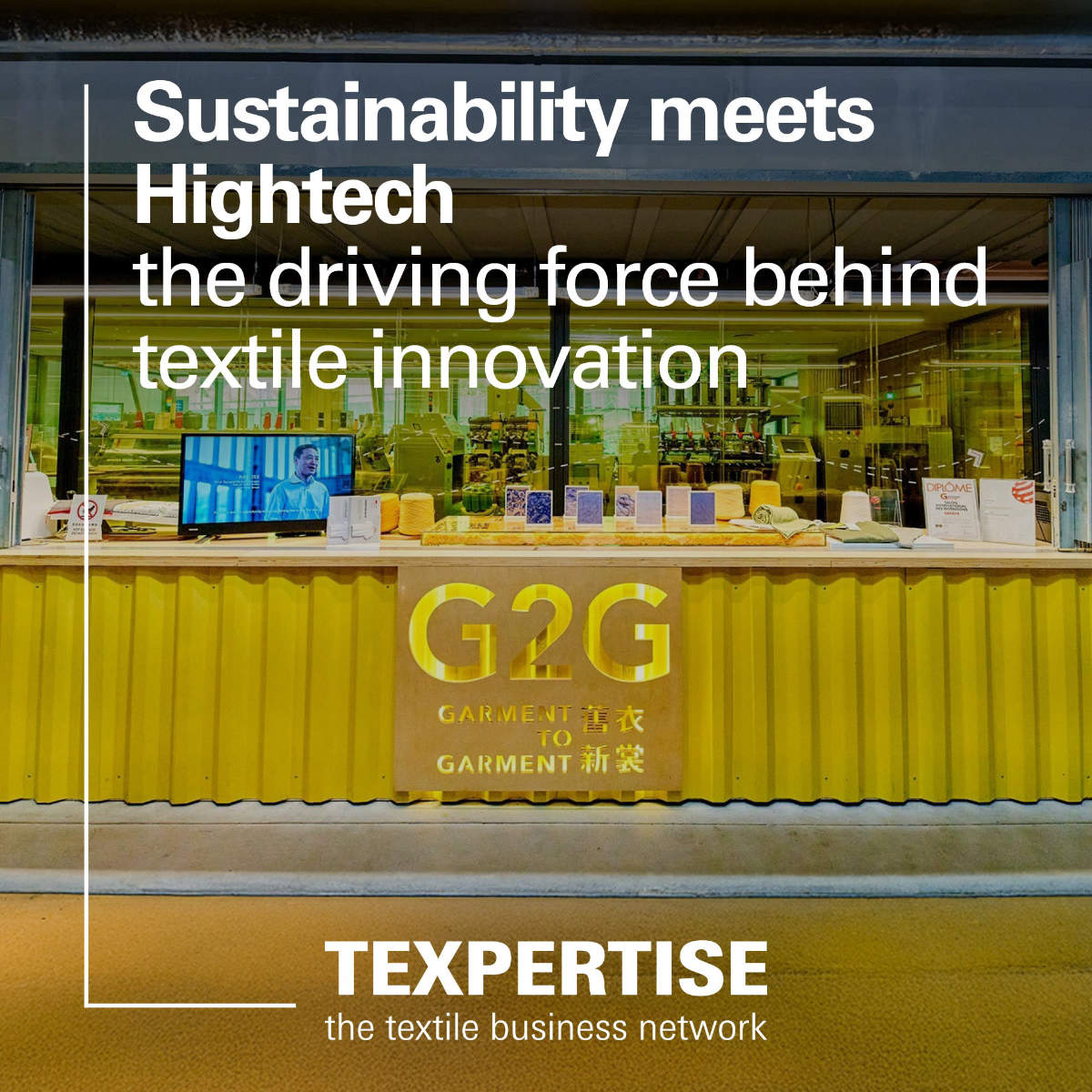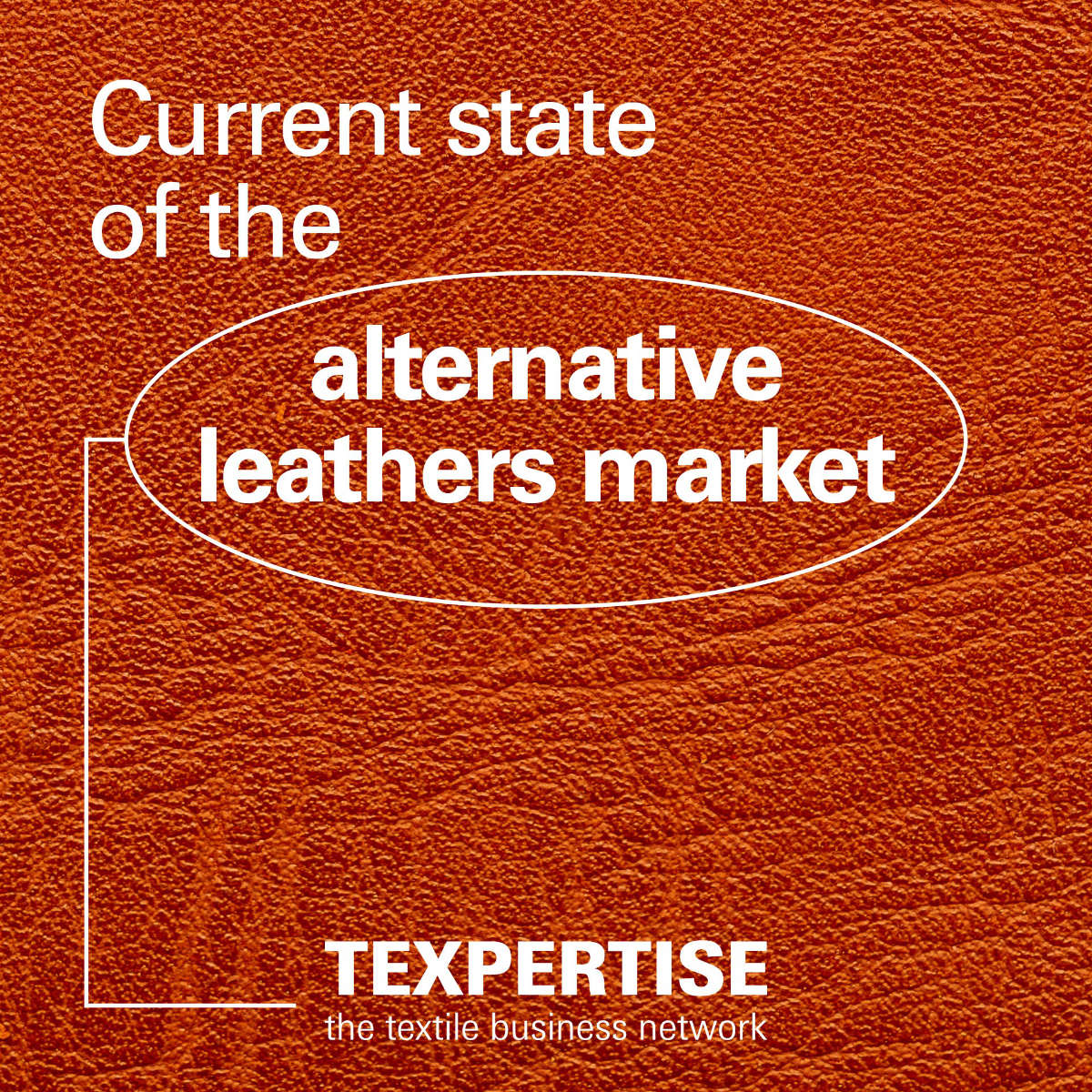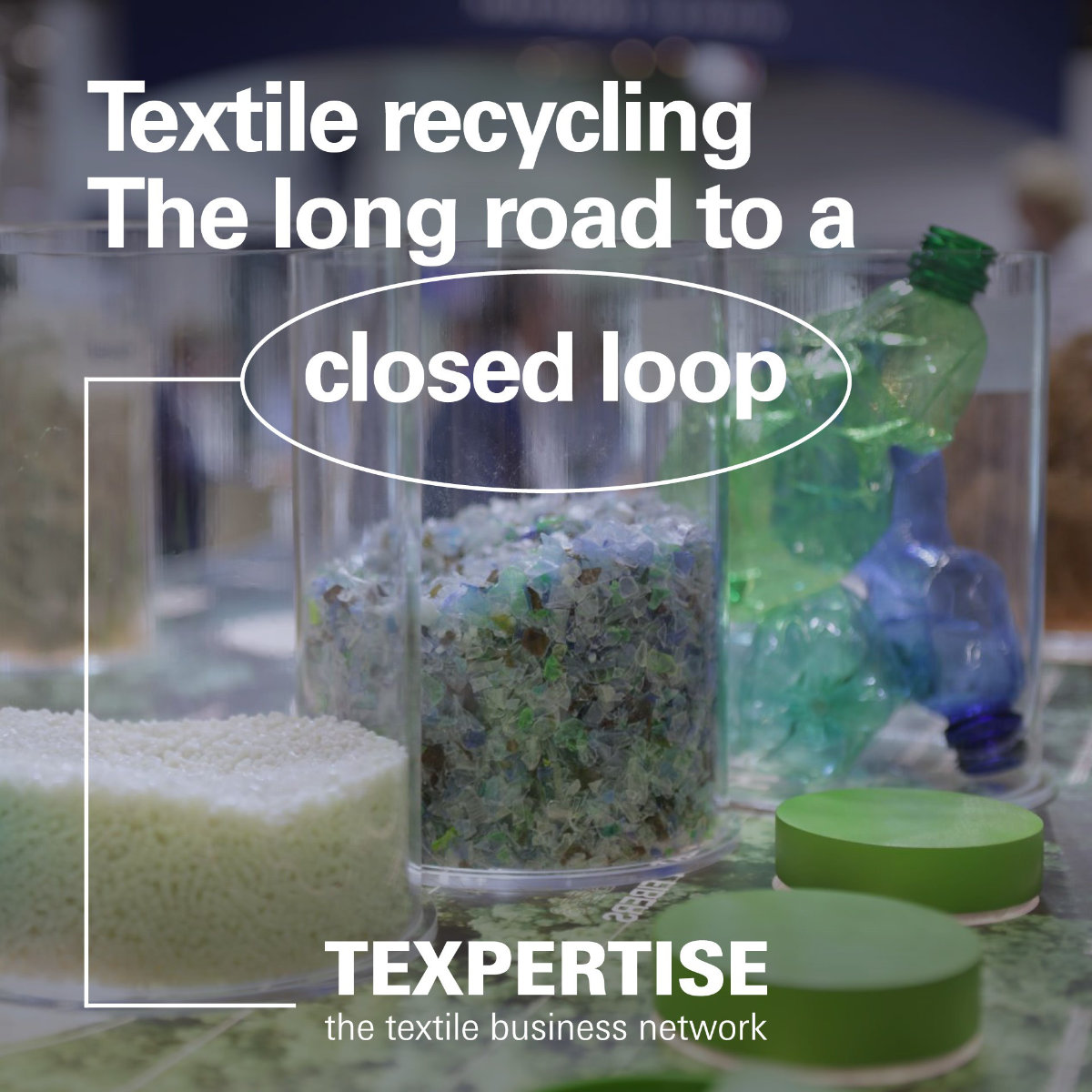Reading time: 5 minutes
The transparent supply chain: a global challenge
A single textile product often undergoes more than a dozen production stages and supplier steps in various countries from its manufacture to its sale. This complexity and global diversity in processes explain why it has so far been so difficult for the textile industry to achieve full transparency in its own supply chain. This is why transparency and traceability from the raw material to end-of-life management will be crucial in future when it comes to achieving sustainability goals. After all, only when companies know where and under what conditions their products are manufactured and processed can they introduce targeted improvement measures to e.g. reduce environmental impact in production, establish fair working conditions and develop efficient recycling solutions.
Increased pressure for transparency from all sides
The pressure on companies is growing. After all, it is not just because of new legal regulations that transparency is becoming ever more important. Business partners and consumers are also increasingly insisting that companies comply with environmental and social standards. A survey commissioned by the Federation of German Consumer Organisations (vzbv) in 2021 emphasised this development: at the time of the survey, 85 per cent of those surveyed wanted textile companies to be held accountable for human rights violations in their supply chains. Almost as many (84 per cent) were in favour of mandatory environmental standards for production abroad. Around 9 in 10 of those surveyed also wanted stricter monitoring of sustainability labels.1
The textile industry has reacted to these demands with a range of instruments. In industry initiatives such as the Partnership for Sustainable Textiles (PST), companies, associations, NGOs and trade unions work together to improve social and environmental standards along the textile supply chain. The accident at Rana Plaza in 2013 in particular was a decisive turning point for the textile industry. It led to the establishment and expansion of numerous social standards and the foundation of the Fashion Revolution, an international movement that raises awareness of fair working conditions in the textile industry worldwide with its ‘Who Made My Clothes?’ initiative.
Certificates such as the Global Organic Textile Standard (GOTS) and OEKO-TEX® MADE IN GREEN are already ensuring greater transparency and better documentation of socially responsible and environmentally friendly conduct. An important step towards greater transparency will be the digital product passport (DPP), which is expected to be introduced from 2026 and will make comprehensive product information about origin, materials, environmental and social standards, repairability and recyclability available electronically.
Blockchain, Big Data and AI: digital tools for greater transparency
Textile companies are often required to make the manufacturing routes of their products more transparent and disclose information about their supply chains. The key question here is this: how do we achieve transparency in one of the most complex supply chains in the world? The solution increasingly lies in digitalisation. Textile companies are already relying on tools based on blockchain, Big Data and IoT sensors to trace the origin of fibre raw materials, analyse data from the supply chain and monitor the sustainability performance of production facilities and suppliers digitally.
Using product IDs and QR codes, consumers gain an insight into the development history and global supply routes of their textile products. And the latest developments in the field of artificial intelligence are expected to provide a real boost to textile transparency. ‘AI is part of our future and is already being used by future-oriented textile companies and brands’, says EURATEX Director General Dirk Vantyghem. As Vantyghem points out, AI can help the textile industry to plan production volumes, collate the huge amounts of data from the textile supply chain and evaluate consumer behaviour. The head of EURATEX is convinced that ‘we must continue to consistently press ahead with the digitalisation process in our industry in order to remain competitive’.
Challenges in achieving a digital supply chain
However, there is much still to be done when it comes to linking all the various threads in the cloud. Ways must be found to capture the large amount of data from raw material acquisition, production and transport, which are often in various different formats, in a way that is consistent across platforms. In addition to collaborations for data capture and use, this also requires training and funding programmes so that the digital tools can be used by all players in the textile value chain, from international fashion labels to local suppliers. This not only requires expansion of the digital infrastructure, predominantly in production countries, but also equal access at reasonable costs.
When the “digital threads” from TIER 4 to TIER 0 can be used by all participants, more and more light will be shed on the black hole that is the supply chain. An additional incentive here is that greater transparency can help textile companies to better recognise optimisation potentials, enabling them to react to risks and market developments more quickly in future.
Key learnings
- The challenge of transparency in complex supply chains The complexity of textile supply chains makes transparency and traceability a challenge. These elements are essential for reducing the impact on the environment, ensuring fair working conditions and establishing recycling solutions.
- Increasing pressure due to regulations and sustainable consumption New legal requirements such as the digital product passport and consumers opting for greater sustainability require companies to disclose information about their supply chains.
- Digital technologies as a tool Technologies such as blockchain, Big Data and AI are essential for tracking raw materials, analysing large amounts of data and planing sustainable production processes. Data need to be captured consistently across different platforms and a digital infrastructure needs to be accessible to all stakeholders.
Sources:
1 Federation of German Consumer Organisations (vzbv), 2021, Survey: Consumers in favour of strong supply chain law’ (German only).
